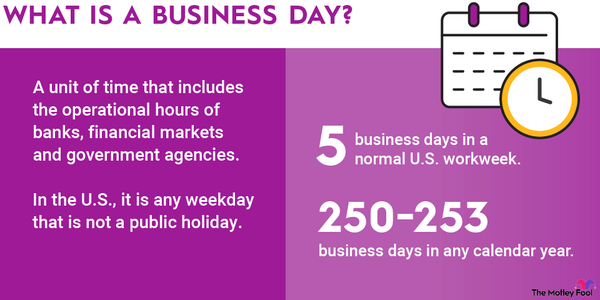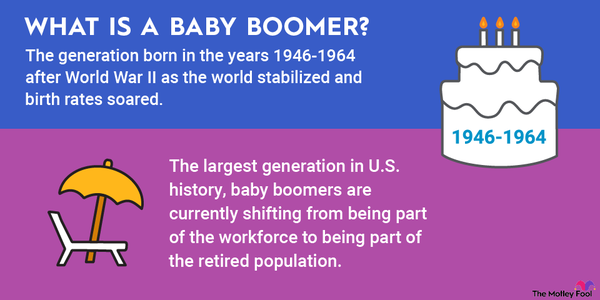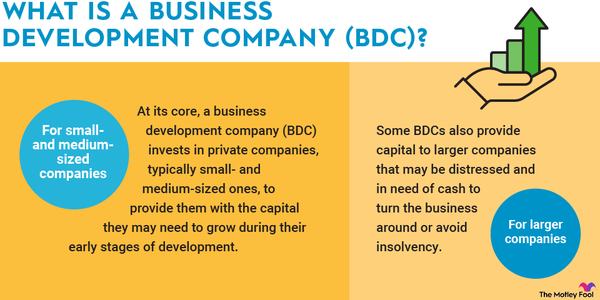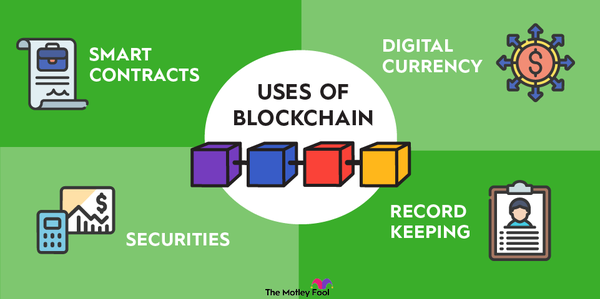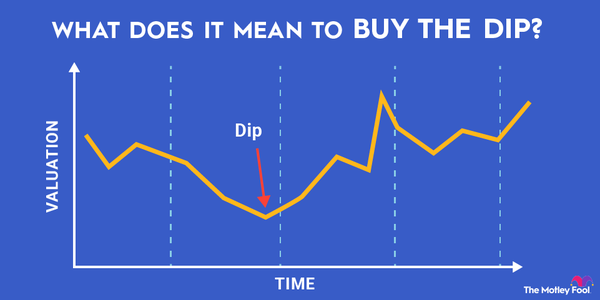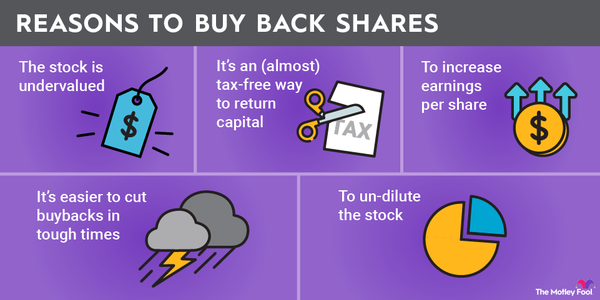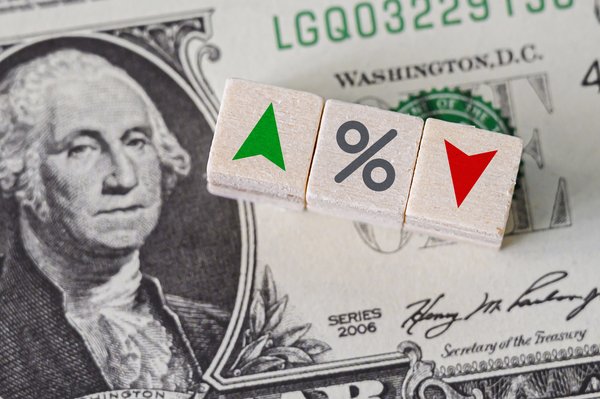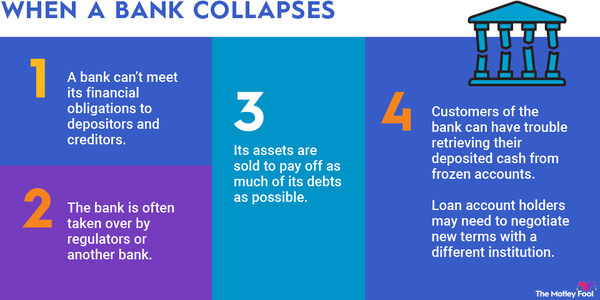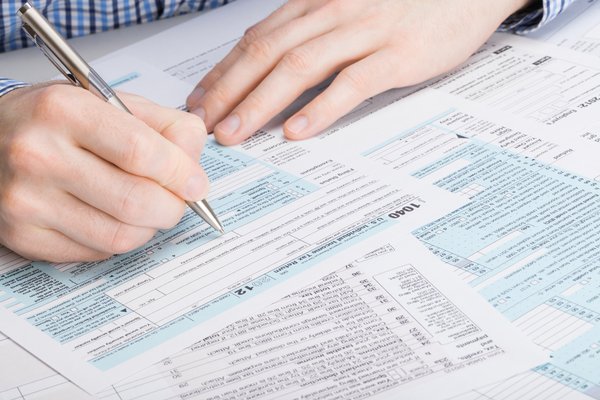A bond ladder is an investment strategy where you buy several bonds with different maturity dates. The goal is to generate a reliable stream of income while reducing interest rate risk -- which, as we'll explain shortly, is a big risk for bond investors. In this article, we'll explain how a bond ladder works, the pros and cons, and who should use this strategy.

What is it?
What is a bond ladder?
A bond ladder is a portfolio of multiple bonds with different maturity dates. Investors commonly use this strategy to manage interest rate risk, diversify their portfolio, and improve liquidity.
Interest rate risk is the risk that fluctuations in a bond portfolio will reduce its value. Bond prices and interest rates have an inverse relationship, i.e., when interest rates rise, bond prices fall, and vice versa. The reason? A big appeal of investing is bonds is the annual interest payments, frequently referred to as bond coupons.
If interest rates spike, demand for existing bonds will drop. Investors can get a better yield by buying new bonds instead of purchasing existing ones. But if interest rates drop, you face reinvestment risk, or the risk you'll have to put your money in lower-yielding investments when your bonds mature.
How it works
How a bond ladder works
As a simplified illustration, imagine you invested $10,000 in a single bond issue with a 10-year maturity date that pays a 4% annual coupon. But interest rates rise, and investors can earn 6% annually on similar bonds. So if you try to sell your bonds on the secondary market, you'd probably have to sell them for less than their face value because investors can earn more with newer bonds.
But let's say you opted for a bond ladder instead and invested $2,000 in five different bond issues with one-, two-, three-, four, and five-year maturities that paid rates ranging from 3% (for the one-year bond) to 5% (for the five-year bonds).
If interest rates rise when the first bond matures after one year, you can reinvest your $2,000 and take advantage of those higher yields. But if interest rates have fallen, you'll still have money invested in bonds earning a higher rate.
Pros and cons
Pros and cons of a bond ladder
As with any investment strategy, there are several pros and cons associated with a bond ladder.
Bond ladder pros
- Reduce interest rate risk. If interest rates drop, you won't have to reinvest all your money at the prevailing lower rate when your bonds mature, because you'll have some of your money invested in longer-term issues.
- Take advantage of rising interest rates. On the flip side, if interest rates rise, you'll free up cash as your shorter-term bonds mature, allowing you to take advantage of higher rates.
- Diversification. Because a bond ladder often involves spreading out your investment across multiple issuers, you get additional diversification, which helps lower your risk if a single issuer defaults on its obligations.
- Create a predictable cash flow. Investing your money across several issues creates a more predictable cash flow. In some interest rate environments, you'll need to reinvest part of your money at lower yield, but you'll also be able to take advantage of higher rates. Overall, this creates more predictable cash flow in the long term.
Bond ladder cons
- May not be appropriate for all bonds. Bonds can be complex instruments, and a bond ladder strategy won't work for all types of bonds. For example, callable bonds give the issuer the right to "call" or redeem bonds before maturity if interest rates drop.
- Reinvestment risk. If interest rates have dropped, you may have to reinvest your money at lower rates as your shorter-term bonds mature.
- Better alternatives could be available. A bond ladder can be complicated for individual investors to build. Bond ETFs can provide a level of diversification that could be difficult for individuals to achieve on their own.
Related investing topics
Example
Example of a bond ladder
Here's an example of what a bond ladder could look like if you invested $10,000 each in the following bonds:
- Bond A, 3% yield, one-year maturity
- Bond B, 3.5% yield, two-year maturity
- Bond C, 4% yield, three-year maturity
- Bond D, 4.5% yield, four-year maturity
- Bond E, 5% yield, five-year maturity
By the time Bond A matures, you'd have received $10,300 between the principal and interest. You'd then take that money and reinvest it in a five-year bond at current interest rates, which means you'd always have a portfolio of bonds with maturity dates ranging from one to five years.













